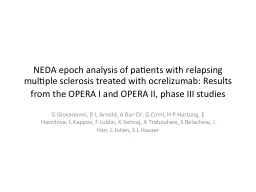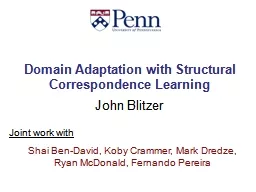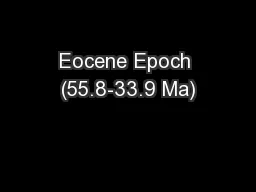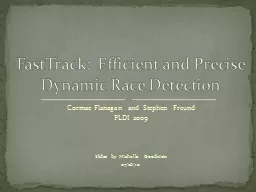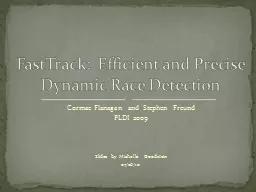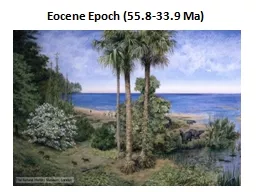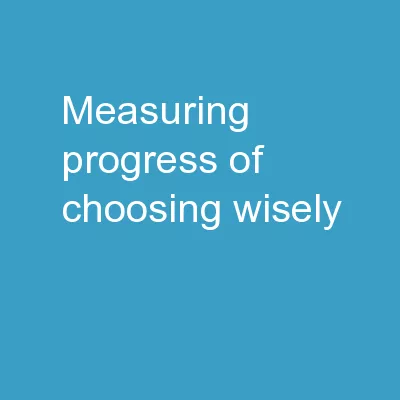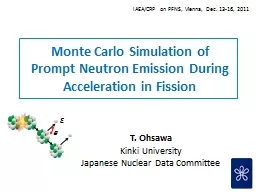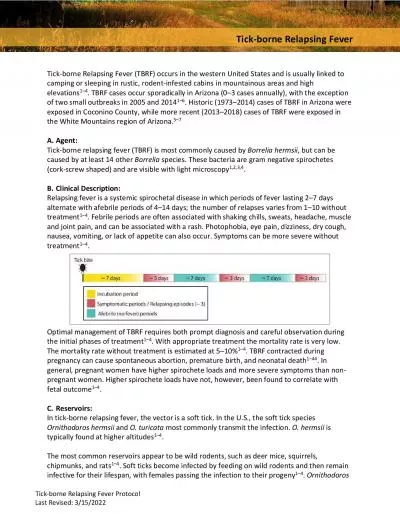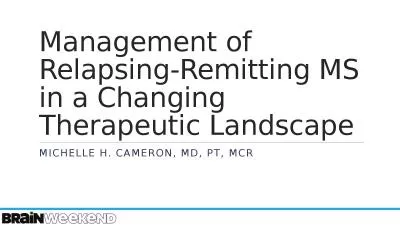PPT-NEDA epoch analysis of patients with relapsing multiple scl
Author : pamella-moone | Published Date : 2018-01-05
ocrelizumab Results from the OPERA I and OPERA II phase III studies G Giovannoni D L Arnold A BarOr G Comi H P Hartung E Havrdova L Kappos F Lublin K
Presentation Embed Code
Download Presentation
Download Presentation The PPT/PDF document "NEDA epoch analysis of patients with rel..." is the property of its rightful owner. Permission is granted to download and print the materials on this website for personal, non-commercial use only, and to display it on your personal computer provided you do not modify the materials and that you retain all copyright notices contained in the materials. By downloading content from our website, you accept the terms of this agreement.
NEDA epoch analysis of patients with relapsing multiple scl: Transcript
Download Rules Of Document
"NEDA epoch analysis of patients with relapsing multiple scl"The content belongs to its owner. You may download and print it for personal use, without modification, and keep all copyright notices. By downloading, you agree to these terms.
Related Documents

